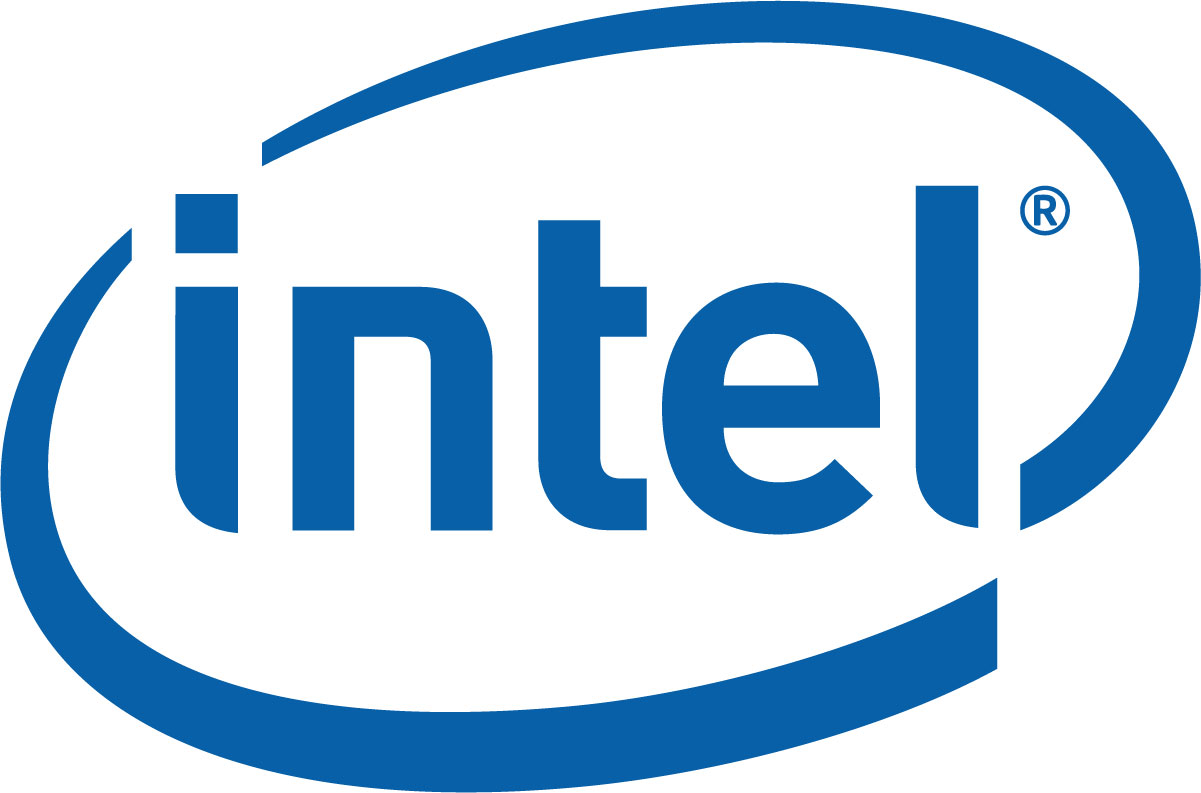Microprocessor Report: Intel, Fix the PC!
There is little doubt that the PC market could use some uplift these days as tablets and smartphones have clearly captured the mindshare of consumers, press and analysts.
However, Linley Gwennap, editor of the Microprocessor Report, believes that tablet and smartphone processors are merely a distraction for Intel and do not have enough potential to make up for the potential loss of notebook and desktop processor revenue.
Gwennap stated that persistent low growth rates are evidence that the PC processor is in a crisis, which may be partially homemade. He criticized the fact that performance of CPUs isn't growing fast enough to find the interest of consumers.
"Even counting a modest boost for the new Sandy Bridge CPU, performance is increasing at just 10 percent per year for desktops and 16 percent for laptops, a far cry from the good old days of 60 percent annual performance increases. As a result, PC users have little incentive to upgrade their systems," Gwennap wrote.
The key for Intel to remain successful would not be so much in mobile application processors that could barely make up for 5 percent of Intel's processor revenue, if Intel were to hold all the available market outside of Apple and Samsung, but to "stay the course" and make PCs more competitive again.
"It can’t do the job alone, but it knows how to work with Microsoft, PC vendors, and other ecosystem players," he wrote. "Having redefined the PC form factor, the next step is to rework the PC’s functions to include performance-hungry capabilities such as voice/gesture recognition and intelligent agents in ways that benefit end users."
Of course, making the processor special again could help as well. In 2005, Intel changed its marketing strategy to turn microprocessors into a commodity product that was sold with relatively cryptic sequence numbers. The idea was to not market the clock speed, but integrate a CPU into a PC almost invisibly as the engine that enables a certain form factor and feature set. Seven years later, the CPU and its sequence number has become largely meaningless to mainstream customers. Perhaps it would be a good idea to highlight the strength and performance of x86 once again.
Contact Us for News Tips, Corrections and Feedback
Get Tom's Hardware's best news and in-depth reviews, straight to your inbox.

Wolfgang Gruener is an experienced professional in digital strategy and content, specializing in web strategy, content architecture, user experience, and applying AI in content operations within the insurtech industry. His previous roles include Director, Digital Strategy and Content Experience at American Eagle, Managing Editor at TG Daily, and contributing to publications like Tom's Guide and Tom's Hardware.
-
TunaSoda In my eyes tablets and smartphones don't replace the pc, people already have pc's at home and don't need to upgrade, the time will come...Reply -
jkflipflop98 The problem is there's no "killer app" for PC's that make people clamor for more horsepower. Sure there are specialized computer functions some of us use for work, but for the general population an i5 is good enough. Even gaming has slowed down because all we generally get is half-assed xbox ports.Reply -
WyomingKnott Maybe the PC market has "matured," and can no longer be supported by the latest whiz-bang feature each model season.Reply -
sacre Yes, having a tablet is awesome. But just because its awesome doesn't mean the PC is dead, why? because there are still millions of gamers and developers and PC enthusiasts that just can't do on a tablet what the PC can do.Reply
That, and the comfort of sitting at a desk and doing your work with a keyboard/mouse.
Also, one reason why the CPU performance jumps aren't increasing all that much is because there really isn't a demand for it, why? Because the Top of the line CPU's right now are handling every game on the market just fine.
Shit I have an Intel I5 2500K and its still handling all games to date at max graphics just fine. Why get a new CPU with a boost of 60%?
Game developers need to start making games that'll truly challenge the PC through graphics (not bad programming) but unfortunately they want to make them for the Consoles as well, (actually other way around). So now when they port it to PC the graphics are all compressed and crap.
The days of PC specific games, that are truly made for keyboard/mouse, seem to be gone.
But anyways, PC won't disappear any time soon. Analysts are f--king idiots if they think "PC IS DEAD DUR".
They don't know what animating, gaming, programming, etc requires. Obviously. Ever try playing far cry 3 on a tablet? Animate a video on a tablet? Process larges amounts of data on a tablet? Create CGI on a tablet for a movie?
-
samwelaye HERE is why the pc market is slowing down:Reply
Take almost any PC sold within the past 4-5 years.
Try and do anything the average consumer uses a PC for.
If it works fine for them, why would the masses upgrade?
Its not that people are waiting for bigger performance gains before upgrading, that is only the small enthusiast market. Its that people no longer have a need to upgrade, processors have long reached the speed of "good enough" for most consumers -
kyee7k I'm still playing games satisfactorily with medium settings on a E6600 and MSI 460 card. No complaints but will probably have to upgrade within the next 2 years.Reply -
wemakeourfuture sacreYes, having a tablet is awesome. But just because its awesome doesn't mean the PC is dead, why? because there are still millions of gamers and developers and PC enthusiasts that just can't do on a tablet what the PC can do. That, and the comfort of sitting at a desk and doing your work with a keyboard/mouse.Also, one reason why the CPU performance jumps aren't increasing all that much is because there really isn't a demand for it, why? Because the Top of the line CPU's right now are handling every game on the market just fine.Shit I have an Intel I5 2500K and its still handling all games to date at max graphics just fine. Why get a new CPU with a boost of 60%? Game developers need to start making games that'll truly challenge the PC through graphics (not bad programming) but unfortunately they want to make them for the Consoles as well, (actually other way around). So now when they port it to PC the graphics are all compressed and crap. The days of PC specific games, that are truly made for keyboard/mouse, seem to be gone. But anyways, PC won't disappear any time soon. Analysts are f--king idiots if they think "PC IS DEAD DUR".They don't know what animating, gaming, programming, etc requires. Obviously. Ever try playing far cry 3 on a tablet? Animate a video on a tablet? Process larges amounts of data on a tablet? Create CGI on a tablet for a movie?Reply
Analyst are concerned about market growth, revenue, margins and broader consumer buyers not the small percentage of users.
If all the lay folks stop buying desktops/laptops for their use cases Intel will be crushed. Not saying this is what's going to happen, but the analyst is saying they need major improvements in PC CPU to compel people to want to buy PCs to avoid the chance that tablets, or some hybrid tablet with keyboard docks, etc will takeover -
amk-aka-Phantom You're all underestimating the power of Intel. They have so much money that they can buy their way into any market. Who's hear of ultrabooks a while ago? Yet here they are, from all manufacturers, getting more and more affordable. Ultrabook kicks any tablet's a$$ in terms of productivity and usability. All Intel needs is to market this some more, and that's enough. Who wouldn't want to replace their old crappy fatass HP/Dell/Compaq/younameit with a shiny new SSD-enabled Ultrabook with a long battery life?Reply
Only a smart guy like me for whom a non-removable battery and non-accessible memory slots (that is, if the RAM is not soldered to the board) are a deal breaker, but even I feel myself giving in to the temptation.
